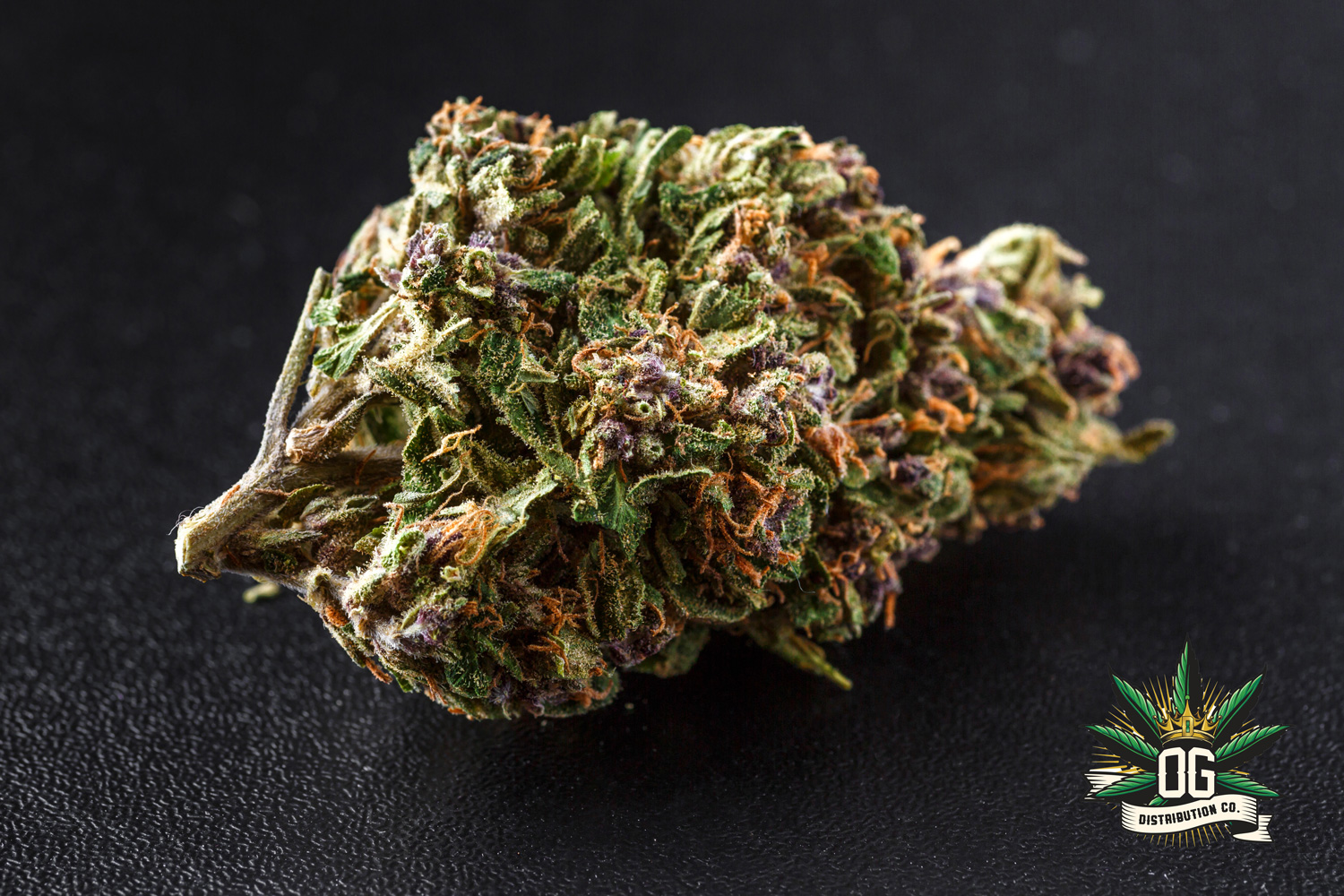Indica vs Sativa
Indica vs Sativa a deep dive into these primary strains
As the green wave of cannabis legalization sweeps across the globe, the demand for a deeper understanding of its rich botanical tapestry is higher than ever.
To fully appreciate the nuanced world of cannabis, we must first acquaint ourselves with the two primary strains, Cannabis sativa and Cannabis indica.
These names are becoming increasingly prominent , (Indica vs Sativa) especially in today’s digital age where SEO keywords like ‘indica’ and ‘sativa’ are in higher demand.
Today, we’ll dive into an immersive exploration of these two distinct strains, comparing their physical characteristics, growing requirements, visual differences, unique psychoactive effects, market prominence, and quality indicators.
This comprehensive guide serves to deepen your knowledge of cannabis, enabling informed choices, whether you’re a connoisseur, a casual user, or a curious onlooker.
With this introduction, we have set the stage, and as the curtains rise, we invite you to join us on this enlightening journey, exploring the broad leafy avenues of indica and the soaring heights of sativa.
The Plant: Distinguishing Indica vs Sativa
Indica vs Sativa strains, the yin and yang of the cannabis world, each carry their distinct characteristics, exhibiting not only different effects but also diverse botanical features.
A closer look at these two strains can reveal a world of differences, just as distinct as a butterfly is from a moth.
Cannabis Indica
Indica strains boast a more compact and bushy stature, seldom reaching above 6 feet in height. They exhibit a darker shade of green, akin to a deep forest canopy.
The leaves are broad, much like the outstretched palms of your hands, creating a dense silhouette. Their inherent resilience allows them to weather harsh climates, a nod to their origin from the unforgiving regions of Central Asia.
Cannabis Sativa
Sativas, on the other hand, are the skyscrapers of the cannabis world. They grow tall, with some strains reaching upwards of 20 feet in outdoor environments.
Sativas wear a lighter shade of green, radiating an almost lime-like hue. Their leaves are long and slender, and their branches stretch wide, forming an open and airy structure.
While these descriptions give a good overview, it’s essential to remember that modern-day cannabis cultivation involves hybridization.
Therefore, pure indica or sativa strains are rare. Nonetheless, understanding these differences equips you with the knowledge to differentiate between indica-dominant or sativa-dominant strains.
Growing Differences: Indica vs. Sativa
Understanding the distinction between indica and sativa goes beyond their physical characteristics. One of the fundamental differences lies in their growth cycles and environmental preferences.
Growing Cannabis Indica
Indicas are akin to hardy mountain-dwelling plants. Originating from regions with harsh climates like Afghanistan and the Hindu Kush mountains, they’ve evolved to be compact and resilient.
This robust nature and shorter growth cycle – usually 8 to 12 weeks – make indicas a favorite among growers. Their relatively low maintenance and ability to withstand colder temperatures contribute to their popularity.
However, while they might be sturdy, indica plants require careful monitoring to avoid mold and mildew due to their dense foliage.
Growing Cannabis Sativa
In contrast, sativas are the sun-loving, warm weather plants of the cannabis world. They prefer a humid, tropical climate, reflective of their ancestral roots in regions like Southeast Asia and Central America.
Sativas demand patience from growers, with a lengthier flowering period that spans from 10 to 16 weeks. Their towering height and extensive light requirements may pose challenges, especially for indoor cultivators. However, their ability to resist pests and mold, thanks to their open structure and longer distance between nodes, offers a certain appeal.
Whether you’re cultivating indica or sativa, the key to successful growth lies in understanding their unique needs and adapting your care routines accordingly.
Visual Differences: Indica vs. Sativa
The visual differences between Indica vs Sativa strains are striking. These variances can offer clues about what to expect from the strain, from the type of high it might produce to how it was grown.
Visual Characteristics of Cannabis Indica
Indica buds are typically dense, heavy, and tightly packed, reflecting the plant’s overall compact structure. Their coloration is a deep, lush green, often interspersed with purple or blue hues depending on the specific strain and growing conditions. When cured properly, indica buds are covered in a frosty layer of trichomes – tiny, crystal-like appendages containing the majority of the plant’s cannabinoids and terpenes.
Visual Characteristics of Cannabis Sativa
Sativa buds, in contrast, are light, fluffy, and elongated, mirroring the plant’s tall and airy structure. They exhibit a light green color, sometimes coupled with golden or reddish tones. Like indicas, quality sativa buds should also glisten with a generous layer of trichomes.
Recognizing these visual cues can help you make informed decisions when choosing cannabis products. Remember, though, that many strains on the market today are hybrids. Therefore, the appearance of the buds can vary significantly, combining elements of both parent strains.
The High: A Tale of Two Strains (Indica vs Sativa)
At the heart of the indica versus sativa discussion is the different experience each strain promises. The psychoactive effects, often referred to as the ‘high’, can range from a tranquil relaxation to an invigorating burst of creativity, based on whether you opt for an indica or a sativa.
The Indica High
Cannabis indica strains are commonly associated with a ‘body high’ – a strong physical sensation that envelops the user in a state of profound relaxation. These strains are recognized for their sedative effects, sometimes even inducing a heavy-lidded state known as ‘couch-lock.’ If you’re looking for a way to unwind after a long day, mitigate stress, or enhance your sleep quality, an indica might be your perfect companion. They are also reputed to stimulate the appetite, earning them the moniker ‘the munchie strains.’
The Sativa High
In contrast, Cannabis sativa strains tend to produce a cerebral ‘head high.’ They are lauded for their ability to stimulate creativity, uplift moods, and enhance sensory experiences. These energizing effects can promote sociability, making sativas a favored choice for social gatherings or creative pursuits. For those grappling with mood disorders, certain sativa strains may potentially offer relief by invigorating the spirit and sharpening focus.
It’s important to note, though, that individual experiences with cannabis can vary widely due to factors such as personal biochemistry, tolerance levels, and the specific cannabinoid and terpene profile of the strain.
Prominence in the Market: Indica vs. Sativa
As the cannabis industry continues to grow, indica and sativa strains have carved out their niches in the market. This prominence is a reflection of consumer preference, shaped by the unique attributes and effects each strain offers.
Indica’s Market Prominence
Indica strains, with their relaxing and soothing effects, are a favorite among consumers seeking relief from stress, pain, or insomnia. Strains like ‘Northern Lights’ and ‘Granddaddy Purple’ have become iconic within the cannabis community, known for their potent effects and fruity, earthy flavors. Indicas’ shorter flowering time and ease of growth also make them a preferred choice among cultivators, further boosting their market prominence.
Sativa’s Market Prominence
On the other hand, sativa strains are favored by consumers seeking an energizing and uplifting experience. They are often chosen by those looking to enhance creativity, focus, or social interaction. Iconic sativa strains like ‘Sour Diesel’ and ‘Jack Herer’ have established their prominence with their unique, pungent aromas and invigorating cerebral effects. Though sativas’ longer growth cycles and specific environmental requirements present more challenges to growers, their popularity among consumers ensures their steady market presence.
The prominence of these strains, however, doesn’t outshine the increasingly popular hybrid strains, which offer a balance of indica and sativa characteristics. In the end, the choice between indica, sativa, and hybrid strains largely depends on individual preferences and the desired effects.
Indicators of Top Quality Product: Decoding Excellence in Cannabis (Indica vs Sativa)
While the choice between indica and sativa is largely dependent on personal preference and desired effects, recognizing a top-quality product applies across the board. High-quality cannabis, regardless of its strain, possesses several key attributes.
Aesthetic Appeal Indica vs Sativa
High-quality cannabis should be pleasing to the eye. Look for buds that exhibit vibrant colors, whether that’s a lush green, deep purple, or any hue in between. Trichomes, the small crystal-like structures coating the buds, should be visible to the naked eye, giving the bud a sugary, frosted appearance.
Aroma
Premium cannabis carries a robust, pungent aroma. This ‘nose’ or smell is a direct reflection of the strain’s terpene profile. Whether it’s the earthy scent of a classic indica or the fruity notes of a tropical sativa, a strong and pleasant aroma is a good indicator of high-quality cannabis.
Texture
The buds should be neither too dry nor too moist to the touch. Overly dry cannabis will crumble easily and can result in a harsh smoke, while overly damp buds may indicate improper storage, raising the risk of mold and mildew.
Cleanliness: Indica vs Sativa
Top-quality cannabis is clean cannabis. This means it should be free of mold, pests, and chemical residues. The best way to ensure this is to purchase from reputable sources that adhere to rigorous testing standards.
Potency: Indica vs Sativa
The potency of cannabis, often measured by its THC or CBD content, can be another indicator of its quality. While high potency doesn’t always equate to better quality, knowing the cannabinoid content can help consumers choose a product that best suits their tolerance level and desired effects.
While these are general indicators of quality, remember that the ‘best’ product is subjective and often depends on the individual’s unique preferences and needs.
With the end of this immersive journey into the world of indica and sativa, you are now better equipped to navigate the verdant landscape of cannabis with a deeper understanding and appreciation of its complexity. As with all journeys, remember that the best guide is often your own experience. So, explore, experiment, and enjoy.
Conclusion: Indica vs Sativa
let’s summarize our in-depth exploration of the Cannabis sativa and Cannabis indica strains.
Our exploration into the rich tapestry of cannabis began by distinguishing the physical characteristics of the primary strains, Cannabis indica and Cannabis sativa. We discovered that while Indica plants boast a compact structure with broad, dark-green leaves, Sativa plants stand tall with slender, light-green leaves.
In terms of cultivation, we learned that Indica plants prefer cooler climates, with a shorter growth cycle, while Sativa plants thrive in warmer climates and demand patience from growers with a longer flowering period.
Continuing the journey…
Our journey continued as we unpacked the visual differences of Indica vs Sativa. Dense, heavy buds with deep green coloration are typical for Indica, while light, fluffy, elongated buds with a light green hue are characteristic of Sativa strains.
We also delved into the distinct experiences offered by these strains, with Indicas associated with a relaxing ‘body high’ and Sativas linked to an invigorating ‘head high.’
In discussingIndica vs Sativa market prominence, we found that while Indica strains are favored by consumers seeking relaxation and relief from pain, Sativa strains appeal to those desiring an energizing and uplifting experience.
Finally, we underscored that the identification of top-quality cannabis transcends the Indica vs Sativa divide. Premium cannabis is aesthetically pleasing, carries a robust aroma, has an appropriate texture, is clean, and presents known potency.
Indica vs Sativa: By unraveling the complexities of cannabis strains, we hope to have enlightened you on your journey into the world of cannabis. As you venture further, remember to utilize the wealth of information available, ask questions, stay curious, and most importantly, enjoy the journey!

